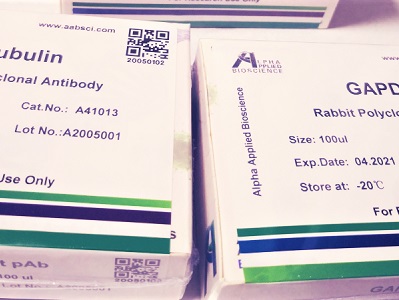

LAT2 rabbit pAb
Cat :A16936
-
Source
Rabbit
-
Applications
WB,ELISA
-
Reactivity
Human,Mouse,Rat
-
Dilution
WB 1:500-2000 ELISA 1:5000-20000
-
Storage
-20°C/1 year
-
Specificity
LAT2 Polyclonal Antibody detects endogenous levels of protein.
-
Source/Purification
The antibody was affinity-purified from rabbit antiserum by affinity-chromatography using epitope-specific immunogen.
-
Immunogen
Synthesized peptide derived from part region of human protein
-
Uniprot No
Q9UHI5
-
Form
Liquid in PBS containing 50% glycerol, and 0.02% sodium azide.
-
Clonality
Polyclonal
-
Isotype
IgG
-
Background
caution:The sequence shown here is derived from an Ensembl automatic analysis pipeline and should be considered as preliminary data.,function:Sodium-independent, high-affinity transport of small and large neutral amino acids such as alanine, serine, threonine, cysteine, phenylalanine, tyrosine, leucine, arginine and tryptophan, when associated with SLC3A2/4F2hc. Acts as an amino acid exchanger. Has higher affinity for L-phenylalanine than LAT1 but lower affinity for glutamine and serine. L-alanine is transported at physiological concentrations. Plays a role in basolateral (re)absorption of neutral amino acids. Involved in the uptake of methylmercury (MeHg) when administered as the L-cysteine or D,L-homocysteine complexes, and hence plays a role in metal ion homeostasis and toxicity. Involved in the cellular activity of small molecular weight nitrosothiols, via the stereoselective transport of L-nitrosocysteine (L-CNSO) across the transmembrane. Plays an essential role in the reabsorption of neutral amino acids from the epithelial cells to the bloodstream in the kidney.,induction:Activity in polarized intestinal cells is regulated by the association between SLC3A2/4F2 (in the SLC3A2/4F2-LAT2 heterodimer) and ICAM1.,miscellaneous:L-leucine transport activity inhibited by small zwitterionic amino acids (i.e. glycine, alanine, serine, threonine asparginine, glutamine, methionine, leucine, isoleucine, valine, phenylalanine, tyrosine, tryptophan, histidine and cysteine) and by glutamine and asparginine. Methionine uptake was inhibited by the L-system substrates L-leucine, 2-amino-bicyclo-(2,2,1)-heptane-2-carboxylate (BCH), L-cysteine and by the MeHg-L-cysteine complex and structurally related S-ethyl-L-cysteine. MeHg-L-cysteine uptake is inhibited by L-methionine, L-leucine, BCH and S-ethyl-L-cysteine. L-leucine uptake was inhibited by L-CNSO.,similarity:Belongs to the amino acid-polyamine-organocation (APC) superfamily. L-type amino acid transporter (LAT) (TC 2.A.3.8) family.,subcellular location:Localized to the cytoplasm when expressed alone but when coexpressed with SLC3A2/4F2hc, is localized to the plasma membrane. Colocalized with SLC3A2/4F2hc at the basolateral membrane of kidney cortex proximal tubules and small intestine epithelia of the villi.,subunit:Disulfide-linked heterodimer with the amino acid transport protein SLC3A2/4F2hc.,tissue specificity:Strongest expression is observed in kidney and moderate expression in placenta and brain, followed by liver, prostate, testis, ovary, lymph node, thymus, spleen, skeletal muscle and heart. Also expressed in fetal liver as well as in the retinal pigment epithelial cell line ARPE-19 and the intestinal epithelial cell line Caco-2.,
-
Other
SLC7A8 LAT2, Large neutral amino acids transporter small subunit 2 (L-type amino acid transporter 2) (hLAT2) (Solute carrier family 7 member 8)
-
Concentration
1 mg/ml
| Product | Reactivity | Applications | Conjugation | Catalog | Images |
|---|
-
 400-836-3211
400-836-3211
-
 support@aabsci.com
support@aabsci.com
-
β-actin rabbit pAb ...... >
-
β-actin rabbit pAb(A284) ...... >
-
Plant-actin rabbit pAb ...... >
-
β-tubulin mouse mAb(M7) ...... >
-
GAPDH mouse mAb(2B8) ...... >
-
GAPDH mouse mAb(PT0325) ...... >
-
Histone H3 rabbit pAb ...... >
-
Histone H3 rabbit pAb ...... >
-
COX IV mouse mAb(6C8) ...... >
-
GFP-Tag mouse mAb(1G6) ...... >
-
HA-Tag mouse mAb(1B10) ...... >
-
mCherry-Tag mouse mAb(6B3) ...... >










 400-836-3211
400-836-3211
